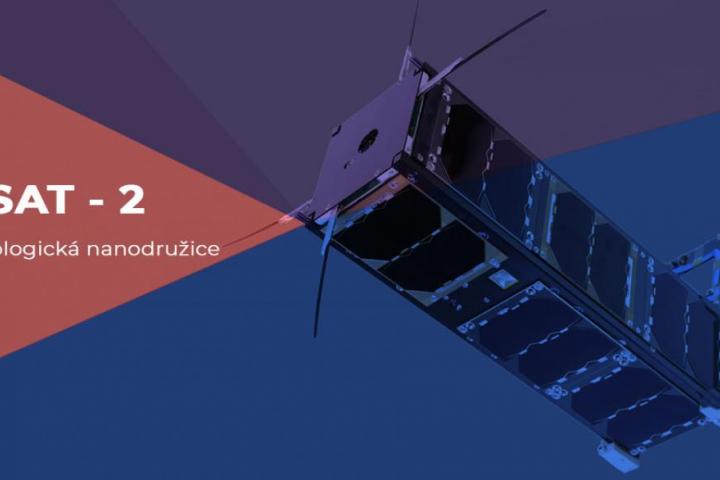
"Operation under realistic conditions is an important test of the new generation of charged particle detectors based on the Spacepix2 chip developed at our Jaderka site. It is a demonstration of the functionality of monolithic silicon detectors, which have so far been used only in particle physics," explains Michal Marčišovský, who heads the CAPADS facility and works at the Department of Physics at Faculty of Nuclear Sciences and Physical Engineering (FJFI).
The Vzlusat-2 satellite was delivered into orbit by Space X's Falcon 9 rocket on Thursday 13 January 2022. It is a technology satellite used for testing space technologies developed in the Czech Republic, including the 2SD detector. The detector consists of readout electronics, power supplies and a microcontroller that controls two detection systems: the SpacePix Radiation Monitor (SXRM) and the Soft X-ray Monitor (SXM). The device is a collaboration between FJFI and esc Aerospace. The development of the new generation of detection chips was also supported by the Centre for Advanced Applied Science (CAAS) project.
"Our detectors have an advantage over others already in orbit in that, in addition to the standard detection of the flow of charged particles, they can also determine the direction from which the particles are coming and the energy of individual particles. They are also radiation-hardened, which means they can be deployed in missions far beyond low Earth orbit," explains Michl Marčišovský. His team is working on new detectors that it also wants to send into orbit.
The Vzlusat-2 mission has its own web with more information.